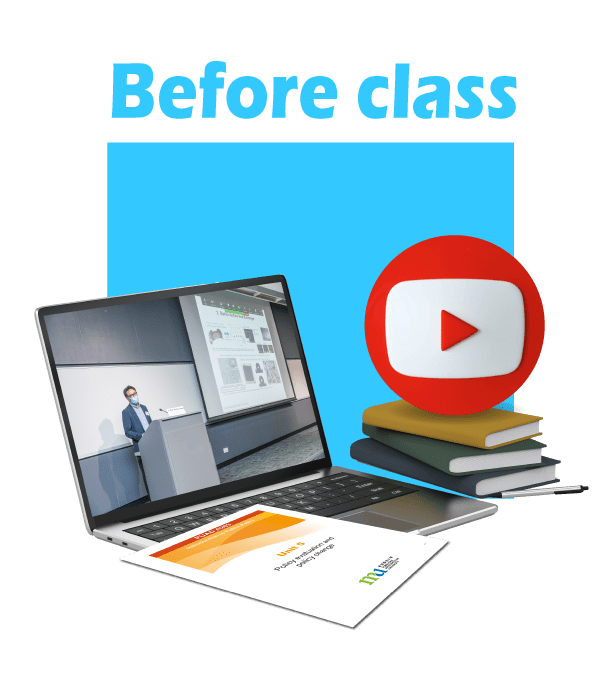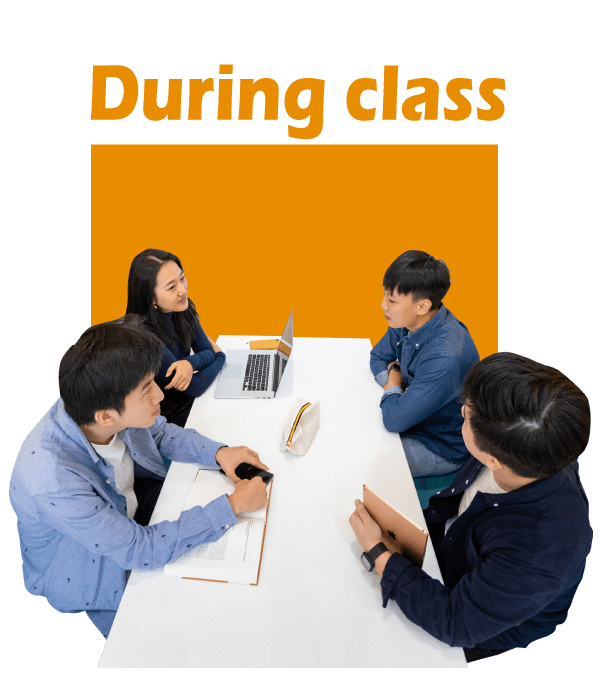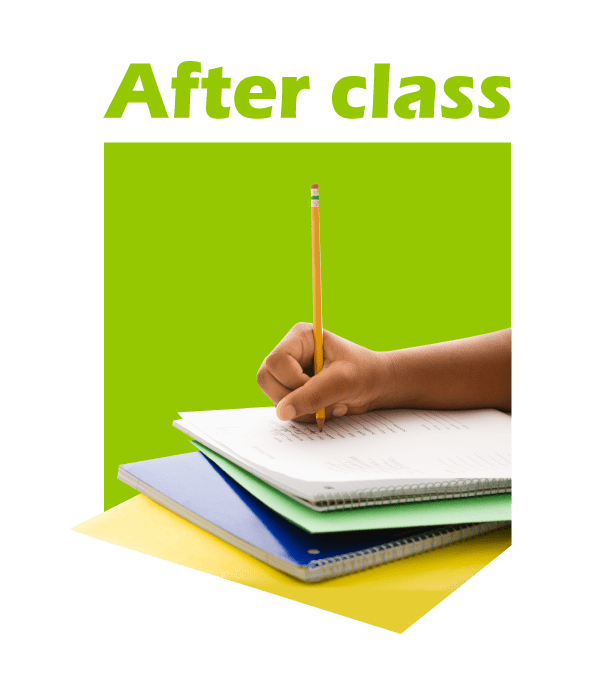This website uses cookies so that we can provide you with the best user experience possible. Cookie information is stored in your browser and performs functions such as recognising you when you return to our website and helping our team to understand which sections of the website you find most interesting and useful.
Creating an interactive classroom
Creating an interactive classroom
Students learn most effectively when they are actively engaged. Designing a series of learning activities for your class can increase student motivation and provide opportunities for them to apply the theories they are learning about. Most often, class activities take place in groups, but individual activities such as quizzes and short writing activities are also possible. Effective class activities should be closely tied with the course learning outcomes or lesson objectives. Through such activities, students can be challenged to engage in higher-order thinking such as analysis, evaluation and creativity, or, where appropriate, lower-level skills such as application or explanation.
You might want to try out some of the following types of activities, which promote different skills:
- Creating a poster / digital story
- Creativity
- Synthesis
- Debates
- Group discussions
- Evaluation
- Critical thinking
- Reasoning
- Case studies
- Analysing articles
- Solving problems
- Analysis
- Role play
- Simulations
- Application of concepts
- Group projects
- Presentations
- Research and presentation skills
- Think-pair-share
- Concept mapping
- Brainstorming
You might want to try out some of the following types of activities, which promote different skills:
The flipped classroom approach
In flipped classroom mode, students absorb course material before class through online lectures, videos and assigned readings. Classroom time is then freed up for group activities, discussions and problem-based learning, and students can receive live feedback from the teacher. After class, further exercises can reinforce their learning.






















